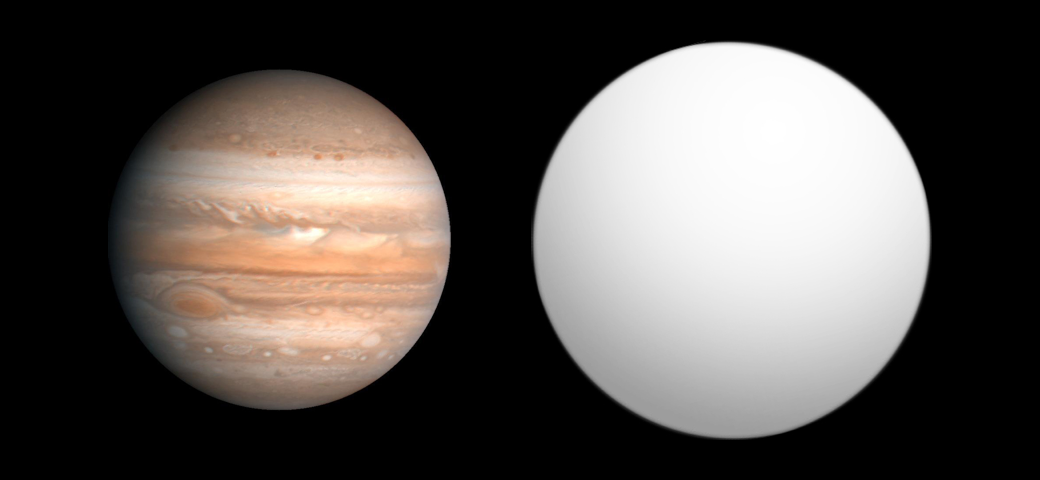Astronomers have achieved a significant milestone by creating the first three-dimensional map of an exoplanet’s atmosphere. This groundbreaking work focuses on WASP-18b, an “ultra-hot Jupiter” located approximately 400 light years from Earth. The mapping opens new avenues for understanding the complex atmospheres of distant worlds, transforming how scientists study planets beyond our Solar System.
Innovative Mapping Technique Developed
The achievement relies on a sophisticated method known as spectroscopic eclipse mapping, utilized for the first time with data from the James Webb Space Telescope. This technique involves observing the exoplanet as it passes behind its host star, allowing researchers to detect variations in brightness. These changes provide insights into the planet’s atmospheric conditions, which are often faint compared to the brightness of the star they orbit.
As WASP-18b orbits its star, different sections of the planet momentarily disappear from view. By capturing these brief moments and measuring the faint light emitted from the planet, scientists can map specific regions of its atmosphere. This process was challenging but innovative, as it required observing eclipses in multiple wavelengths simultaneously.
Revealing Complex Atmospheres
The results of this mapping effort revealed distinct atmospheric regions across WASP-18b’s dayside. The planet, which has a mass about ten times that of Jupiter, experiences extreme temperatures nearing 5,000 degrees. This intensity is sufficient to break down water vapor molecules, indicating a highly dynamic and diverse atmosphere.
The information gathered also suggests varying chemical compositions within these mapped zones, reinforcing the notion that even planets too distant to be imaged directly possess complex atmospheres worth detailed examination. The diversity observed could lead to further studies on other hot Jupiters, with astronomers now able to analyze them as intricate, three-dimensional environments, similar to the way they’ve long studied Jupiter’s storms.
Future observations with the James Webb Space Telescope may enhance the spatial resolution of these atmospheric maps. The findings from WASP-18b serve as a proof of concept that could pave the way for a broader survey of exoplanets, offering a clearer understanding of their geographical and meteorological characteristics.
As astronomers continue to study these distant worlds, the ability to map their atmospheres in three dimensions signifies a major advancement in exoplanet research, bringing these celestial bodies into sharper focus.







